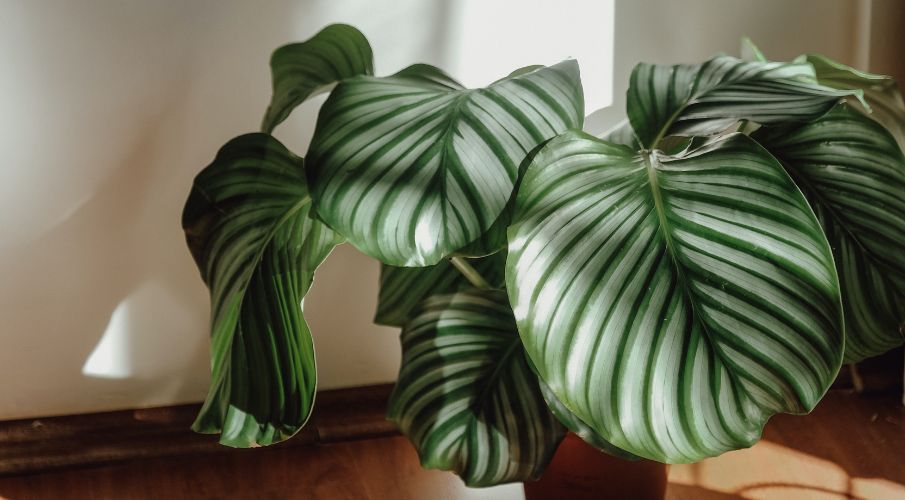There's a lot of talk about plants going dormant in winter. But what does that actually mean and how do I know if my houseplants have gone dormant? We're unpacking all the basics on plant dormancy, particularly in relation to the most popular houseplants in winter.
What Does "Plant Dormancy" Mean?
You've heard about hibernation, right? For some of us, even WE hibernate through winter (hot soup and Netflix anyone?!). When someone is referring to a plant going dormant, they mean that your plant has slowed down. This helps them survive through tough winter conditions in nature...when there's less light and cooler air. It's not a shut down, it's just a slow down. The good news is that there are ways you can reduce dormancy and keep your plants fighting fit!

How Do I Know If My Houseplants Are Dormant?
1. Houseplant Growth Stops or Slows Right Down
You might notice a lack of new shoots, slower growth and leaves that don't unfurl. You'll notice a slowdown in flowers if you have flowering potted plants.
2. Older Houseplant Leaves Will Drop
If you're not feeding your plants with a bioactive plant food or using an Instant Sun Grow Lamp, you will notice that your houseplants will shed their old, energy-sapping leaves to conserve energy. Leaf drop is common, so stay aware!
3. The Soil In Your houseplant pots will stay moist
Plants drink less when they’re not growing. If your soil isn’t drying out like it did in summer, that’s a clue. Definitely slow down the watering regime, and always check the soil before watering your plants.
Do Houseplants Go Dormant In Winter?
It's important to note that under the right conditions, tropical houseplants (like monstera, pothos and peace lilies) may slow down a bit, but won't go completely dormant. In fact, in their natural environments of South America, Central America and Asia, these popular houseplants will continue growing all year round.
What Should I Do If My Houseplants Are Dormant In Winter?
There's a few simple houseplant care tips for winter that will make your plants happy and healthy, ready to start growing in spring.
Decrease the frequency of watering
Avoid root rot and stressed plants. Use your finger to test the soil before watering. If the top inch or two is dry, hold off giving your houseplants more water. You can also use a moisture meter to test the soil for water.
Swap chemical fertilisers to bioactive plant food
Standard fertilisers will burn and overdose your plants, so you should stop using them all altogether. Instead, use Grow Concentrate Plant Food. Not only will it equip your houseplants with growth-promoting microbes that are great for winter, but it will fight winter plant woes with natural enzymes that prevent temperature stress. You can combine this with root-strengthening Support Pellets to give your plants total winter nourishment.
Keep Your houseplants warm but away from heaters
Consistent temps above 15°C will mean your houseplants will keep growing, but don't put them right next to a heater...it can stress the plant!
Increase Your Plant's Light With A Grow Lamp
Plants need light to grow, which is where the Instant Sun Lamps and Instant Sun Grow Bulb comes in handy! It replicates natural light and brings your plants all the sunshine they need to grow like it's spring. These grow lights don't burn your plant's foliage!
When Do Houseplants Stop Being Dormant?
Moving into August, you’ll start to see the life of your plant speed up. Generally, from September your houseplants are ready to resume normal behaviour.




